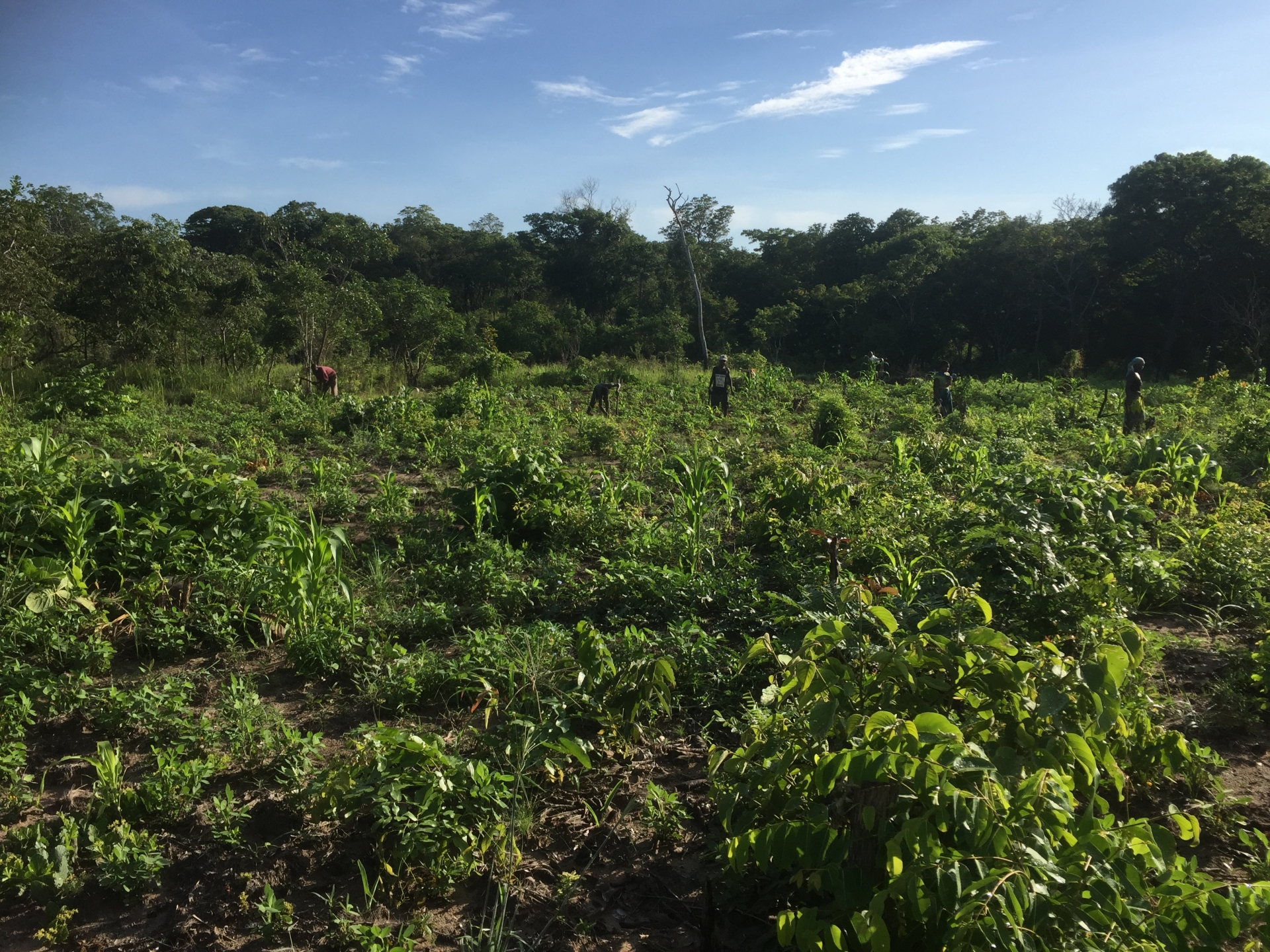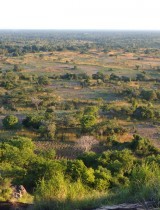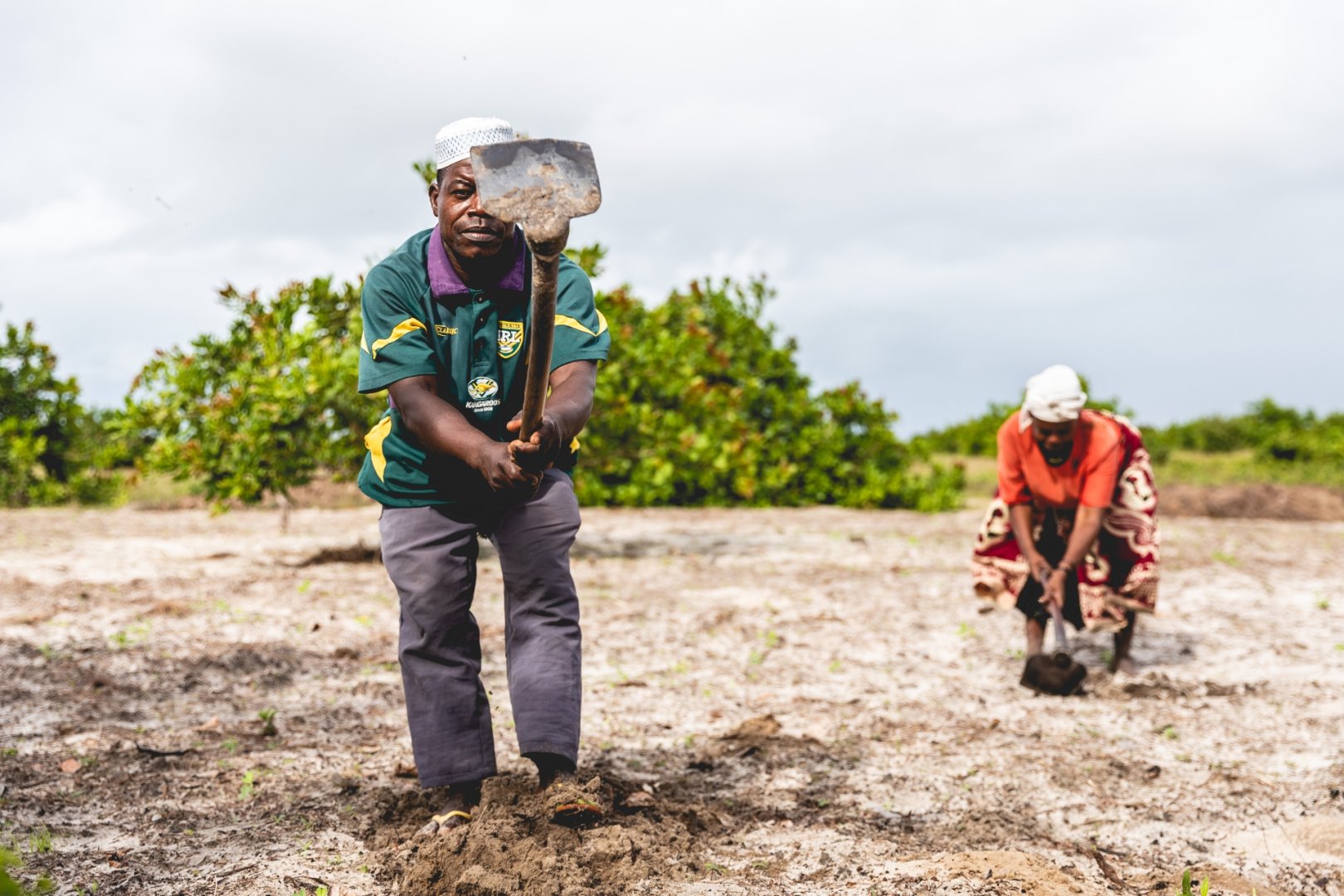

Carry out a diagnosis of cashew producers in Mozambique to identify the factors for adopting innovative practices
A support to the cashew nut sector in Mozambique
ACAMOZ is a project led by Nitidæ (see the project) and financed by AFD. This pilot project aims to strengthen the governance and transparency of the cashew sector led by the Institute of Almonds (IAM) and the cashew value chain as a whole in order to increase the income of small producers while preserving natural resources through the adoption of sustainable agroecological practices. The diagnosis carried out concerns in particular the support activities of cashew producers near the Gilé National Park (PNAG) in the province of Zambezia.
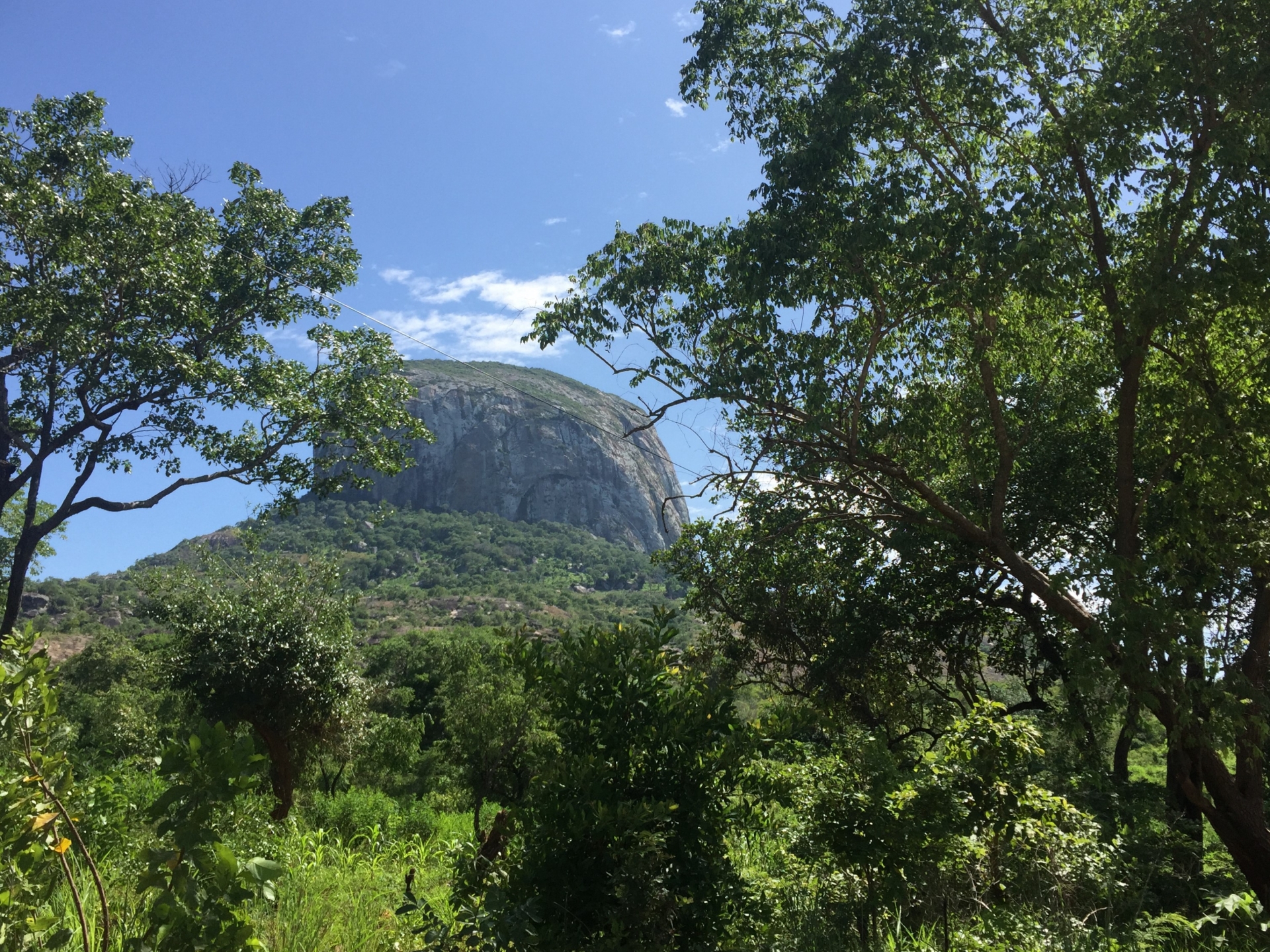
The Gilé Mount
Understand the situation and the diversity
The objective of the diagnosis is to capture the territorial dynamics influencing agricultural development around the PNAG, as well as to detail the different production strategies of the producers, in particular related to the cashew tree. Data was collected from 315 producers in the 8 communities concerned by the ACAMOZ project, in order to build a typology of producers.
Six types of producers have been identified, three of which are very focused on cashew nut production, although with different strategies and situations (4.Cashew inheritor, 5.Cashew entrepreneur and 6.Cashew mimicry ). Two other types are more oriented towards subsistence farming, with more or less access to land (1.Food crop without land and 2.Diversified food crop). And finally a last type specializes in the production of sesame, a more intensive annual crop whose market price is currently very attractive (3.Opportunist sesame market).
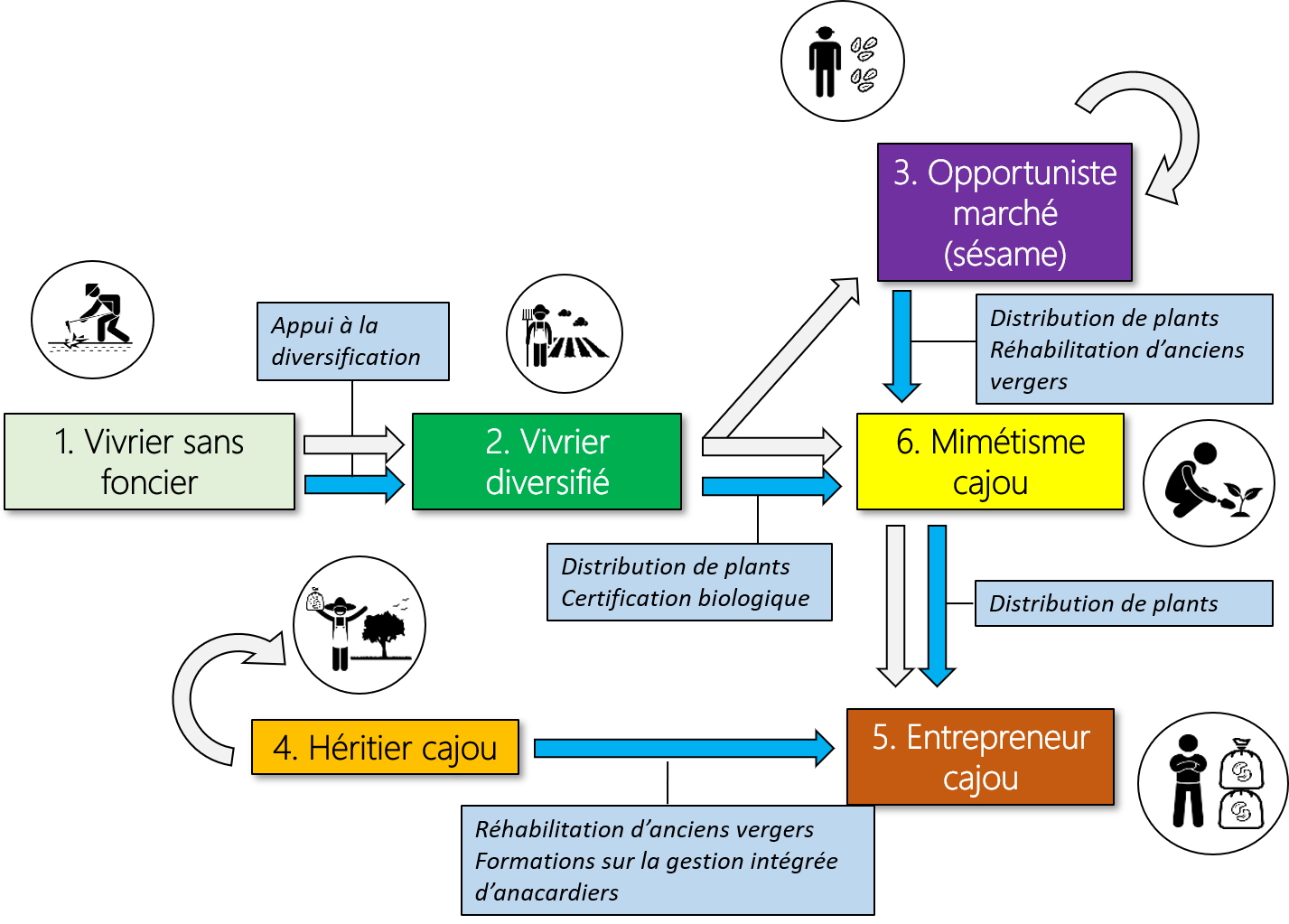
Summary diagram of the profiles of farmers in the region. The arrows and boxes in blue represent the possible influence of certain support measures put in place by the ACAMOZ project.
Evaluate the impacts, relevance of support measures and propose new activities
The adoption factor, as well as the impact on deforestation and the economic situation of each accompanying measure were assessed, for each type of producer described during the diagnosis. This made it possible to identify the most relevant measures for each type, and also to propose new activities to better balance the range of measures proposed.
In particular, it emerged that the distribution of cashew seedlings for certain producers with poor access to land could increase the risk of deforestation. In order to mitigate this risk, new support measures oriented on the co-construction of cashew/food crops agroforestry systems, as well as on the rehabilitation of old cashew orchards by pruning, have been proposed. The transition to organic farming has also turned out to be interesting for some producers who do not have access to inputs for the production of cashew nuts, so a set of dedicated support measures has also been considered.
